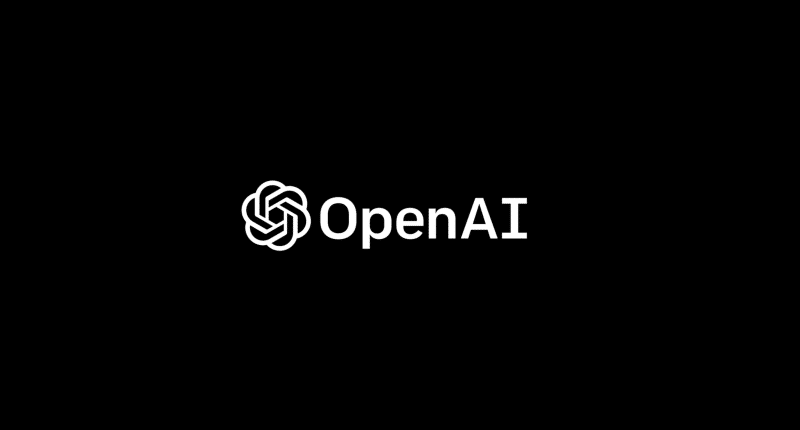OpenAI has officially scrapped its plans to release o3 as a standalone AI model, opting instead to integrate its capabilities into GPT-5, the company’s next major AI system. The decision was announced by CEO Sam Altman in a series of posts on X .
The company had originally scheduled o3 for an early 2024 release, with reports as recent as January suggesting a February-March launch window. However, OpenAI has now chosen to incorporate o3’s reasoning capabilities directly into GPT-5, which is expected to launch within the next few months. Alongside this shift, OpenAI is also preparing to release GPT-4.5, a model internally codenamed Orion, in the coming weeks.
“We want to do a better job of sharing our intended roadmap, and a much better job simplifying our product offerings. We want AI to “just work” for you; we realize how complicated our model and product offerings have gotten. We hate the model picker as much as you do and want to return to magic unified intelligence. We will next ship GPT-4.5, the model we called Orion internally, as our last non-chain-of-thought model,” Altman wrote in his post on X.
Instead of forcing users to manually pick between different AI models, OpenAI is working toward what it describes as a “magic unified intelligence” — a system that can determine which tools and reasoning processes to apply based on user input. This would allow ChatGPT and OpenAI’s API to switch between different processing techniques, optimizing for speed, accuracy, and reasoning depth without requiring the intervention of users.
OPENAI ROADMAP UPDATE FOR GPT-4.5 and GPT-5:
We want to do a better job of sharing our intended roadmap, and a much better job simplifying our product offerings.
We want AI to “just work” for you; we realize how complicated our model and product offerings have gotten.
We hate…
— Sam Altman (@sama) February 12, 2025
What does this mean for GPT-5? It seems that OpenAI’s new AI system will come with o3, alongside multimodal tools, such as voice, deep research, search functionalities, and a canvas feature, all of which have been recently introduced in ChatGPT. It is also likely to come with test-time computing technology, which allows models to allocate more computational power to particularly challenging prompts. OpenAI also plans to tier access to GPT-5 based on subscription levels. Free users will have limited access to the model at a “standard intelligence setting,” while ChatGPT Plus subscribers will gain access to a higher level of intelligence, according to Altman. Those who subscribe to ChatGPT Pro will be able to access even more advanced reasoning capabilities.
The decision to accelerate new AI model releases could well be a direct implication of the cyclone that DeepSeek was able to bring to the multi-billion US AI ecosystem. Deepseek, coupled with OpenAI’s own US competitors could have well forced the Altman-led company to accelerate release of its new AI models.
Before GPT-5 launches, OpenAI will release GPT-4.5, also known internally as Orion. This model is expected to arrive in the coming weeks and will serve as a transitional update between GPT-4o and GPT-5. Altman described Orion as the company’s final non-chain-of-thought (CoT) model, meaning it lacks OpenAI’s latest reasoning techniques that break down complex tasks into smaller, step-by-step logical processes. Unlike OpenAI’s o-series models, which incorporate CoT reasoning to improve reliability, Orion will still rely on traditional large language model (LLM) techniques.
The catch is that prior reports suggest that GPT-4.5 may not deliver the same level of improvement seen in past model iterations. Prior media reports indicate that GPT-4.5’s improvements over GPT-4o are less significant than the advancements from GPT-3 to GPT-4. Additionally, sources suggest that GPT-4.5 may not be significantly better than GPT-4 regarding coding-related tasks.
The Tech Portal is published by Blue Box Media Private Limited. Our investors have no influence over our reporting. Read our full Ownership and Funding Disclosure →






